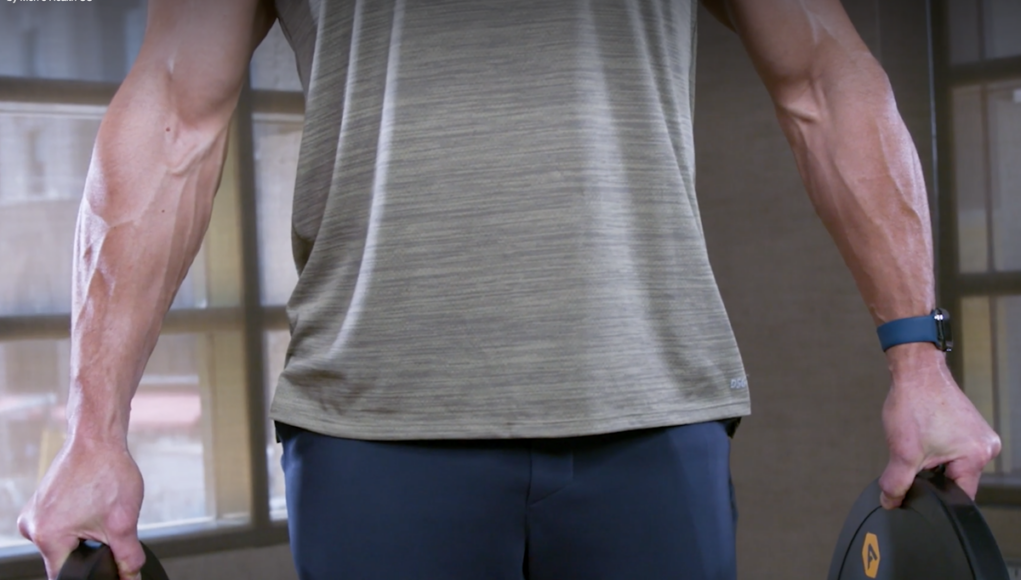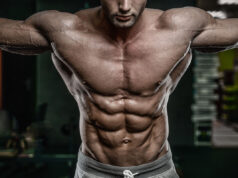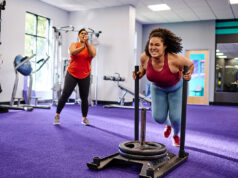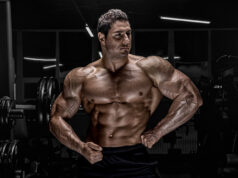Plate Pinches: The Ultimate Grip Strength Exercise for Muscle Building
Grip strength plays a crucial role in overall muscle development and athletic performance. One of the most effective exercises to improve grip and forearm strength is the plate pinch hold.
This exercise is simple but highly effective, involving holding weight plates between your fingers and thumb for a set duration.
Despite its minimal equipment requirements, the plate pinch can significantly enhance hand strength, wrist stability, and forearm development.
In this guide, we’ll break down what the plate pinch exercise is, the muscles it works, its benefits, and how it compares to the farmer’s carry.
What Is the Plate Pinch Exercise?
The plate pinch is a grip-strengthening exercise that involves holding one or more weight plates between the fingers and thumb.
Unlike other grip exercises that rely on wrapping the fingers around a bar, plate pinches require pinching force, making them one of the best ways to strengthen the hands and forearms.
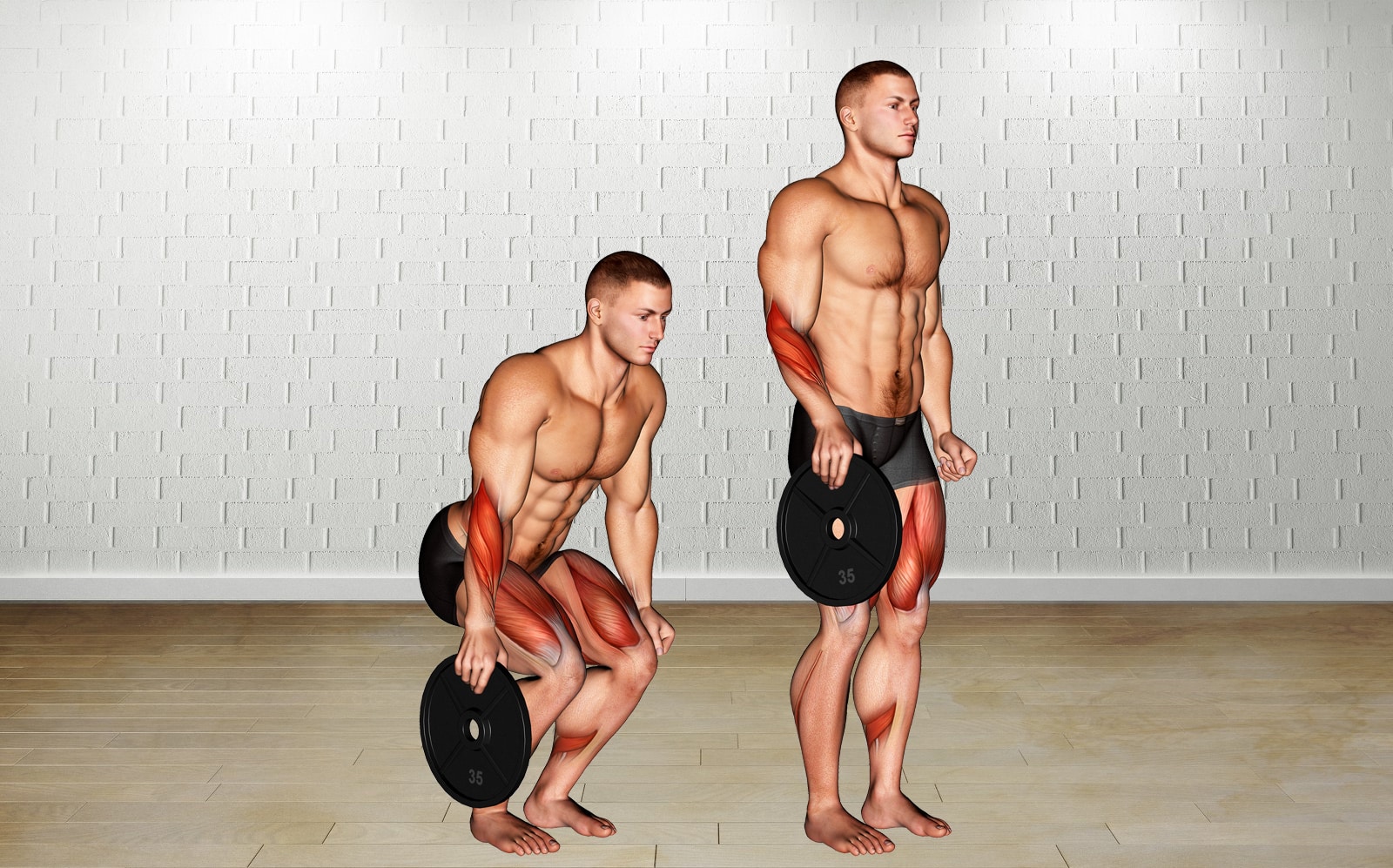
How to Perform the Plate Pinch Hold
- Select the Right Weight: Start with a light plate (10–25 lbs) and progress as your grip strength improves.
- Pinch the Plate: Hold the plate between your fingers and thumb, keeping your hand fully extended (avoid curling your fingers around the edge).
- Lift and Hold: Stand tall and keep your arm straight while holding the plate at your side.
- Hold for Time: Aim for 30–60 seconds per set before switching hands.
- Increase Difficulty: Stack multiple plates together or use thicker plates to increase grip difficulty.
This exercise can be done using one hand at a time or both hands simultaneously for a balanced workout.
What Muscles Do Plate Pinches Work?
The plate pinch primarily strengthens the grip and forearm muscles, but it also engages other stabilizing muscles.
Primary Muscles Worked:
- Flexor Digitorum Profundus & Superficialis – These deep and superficial muscles are responsible for finger flexion and grip endurance.
- Thumb Muscles (Thenar & Adductor Pollicis) – The thenar muscles help stabilize the grip, while the adductor pollicis allows the thumb to apply strong pressure.
- Forearm Extensors – Plate pinches activate the extensor carpi radialis and extensor digitorum, which help balance grip strength and prevent overuse injuries.
- Brachioradialis – This large forearm muscle assists in elbow flexion and improves overall forearm thickness.
Secondary Muscles Engaged:
- Wrist Flexors & Extensors – These muscles work together to stabilize the wrist during the hold.
- Shoulders & Traps – The upper body assists in maintaining posture and preventing the plate from tilting.
- Core Stabilizers – Engaging the abs and lower back ensures a strong, upright stance during the exercise.
Benefits of Plate Pinch Holds
The plate pinch exercise offers several unique advantages for grip development, muscle growth, and overall strength.
Builds Unmatched Grip Strength
Most gym exercises involve a closed grip (holding a barbell or dumbbell), but plate pinches challenge the open-hand grip, making them superior for overall hand strength. This translates to better performance in deadlifts, pull-ups, and other pulling movements.
Enhances Forearm Hypertrophy
Since plate pinches heavily recruit the brachioradialis and wrist flexors, they contribute to thicker, more muscular forearms. Adding them to your routine can help correct forearm imbalances and improve aesthetics.
Improves Sports Performance
Athletes in sports requiring grip endurance—such as rock climbing, wrestling, MMA, and jiu-jitsu—can benefit from plate pinches. Stronger grip endurance allows for better control and reduced fatigue in high-intensity activities.
Prevents Grip Fatigue in Strength Training
A weak grip often limits deadlifts, rows, and pull-ups. Training with plate pinches improves grip stamina, enabling heavier lifts without relying on straps.
Strengthens Thumb and Finger Control
Unlike farmer’s carries or deadlifts, which allow full-finger wrapping, plate pinches isolate finger and thumb strength, which is crucial for grappling sports, manual labor, and functional tasks.
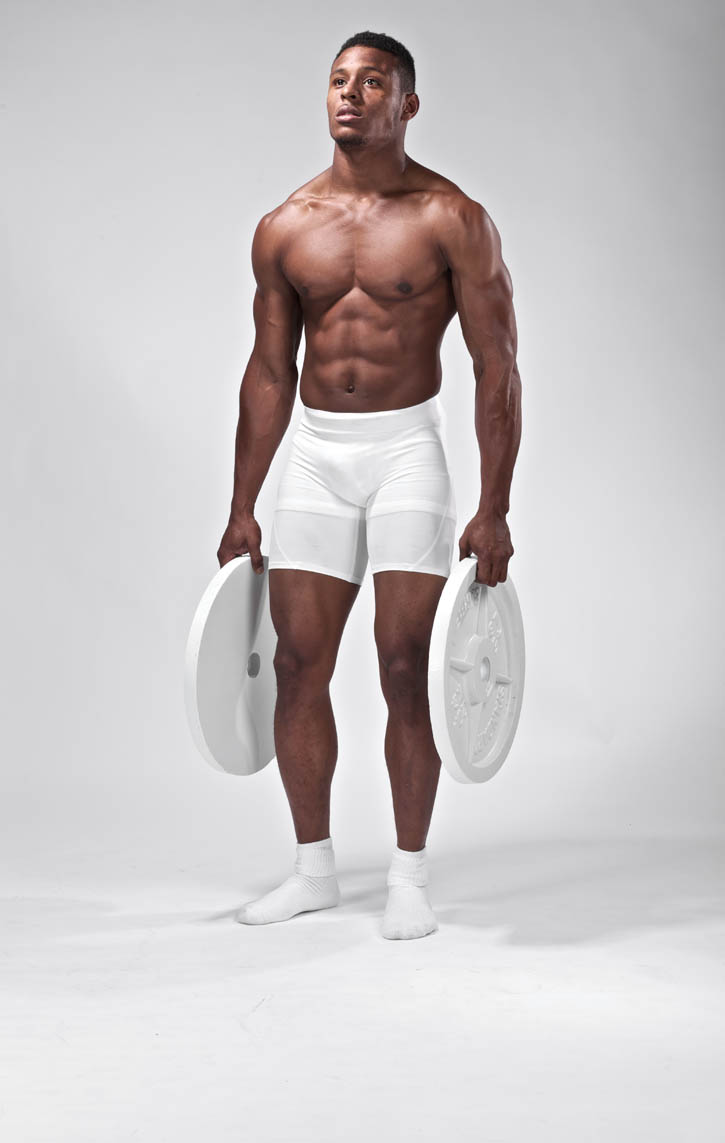
Plate Pinches vs. Farmer’s Carry: Which Is Better?
Both the plate pinch and farmer’s carry are phenomenal grip exercises, but they serve slightly different purposes.
Plate Pinches:
- Focus: Finger and thumb strength
- Muscles Targeted: Forearms, fingers, wrist stabilizers
- Best For: Improving pinch grip, thumb endurance, and forearm hypertrophy
- Weaknesses: Doesn’t train full-hand grip as much as carries or deadlifts
Farmer’s Carry:
- Focus: Overall grip and forearm endurance
- Muscles Targeted: Grip, forearms, traps, core, and legs
- Best For: Full-body strength, posture, and grip endurance
- Weaknesses: Less emphasis on thumb and finger isolation
Which One Should You Do? If you’re looking to build maximum forearm size and grip strength, include both exercises in your training. The farmer’s carry improves overall grip endurance and stability, while plate pinches focus on finger, thumb, and wrist strength.
How to Incorporate Plate Pinches Into Your Workout Routine
To maximize grip strength and forearm growth, plate pinches should be included 2–3 times per week in a well-rounded program.
Beginner Routine:
- Plate Pinch Holds – 3 sets of 30 seconds per hand
- Dumbbell Wrist Curls – 3 sets of 12 reps
- Farmer’s Carries – 3 sets of 40 meters
Advanced Routine:
- Plate Pinch Holds – 3–4 sets of 45–60 seconds per hand
- Reverse Curls – 3 sets of 10–12 reps
- Dead Hangs for Grip Strength – 3 sets of 30+ seconds
- Heavy Farmer’s Carries – 4 sets of 50 meters
Common Mistakes to Avoid
- Holding the Plates with Bent Fingers – Keep the fingers straight and resist curling them around the plate.
- Using Too Heavy a Load Too Soon – Start light and increase gradually to avoid finger and wrist strain.
- Neglecting Recovery – The forearm muscles fatigue quickly; allow for proper rest between grip sessions.
- Not Keeping Good Posture – Avoid leaning forward or letting the plates tilt excessively.
Conclusion
The plate pinch exercise is an essential grip-strengthening movement that builds forearm size, wrist stability, and hand endurance. By isolating the fingers and thumb, it enhances overall strength for weightlifting, combat sports, and everyday functional activities.
While plate pinches improve pinch grip, exercises like the farmer’s carry and deadlifts develop full-hand grip and overall strength. A combination of these exercises will lead to bigger, stronger forearms and improved performance in all grip-intensive activities.
Whether you’re a bodybuilder, powerlifter, or athlete, adding plate pinches to your routine will elevate your grip game and help you lift heavier, longer, and with better control.

